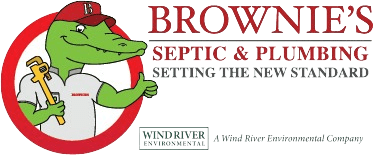Backflow Prevention 101
Have you ever heard of backflow? It’s a phenomenon that can have severe consequences for homeowners and businesses, but it is also relatively easy to prevent. Understanding what backflow is and why it can be hazardous is essential. In this blog post, our experts will cover the basics of backflow and how to prevent it from occurring in your home or business.
What is Backflow?
Backflow is the reversal of water flow in plumbing systems due to changes in pressure or water supply conditions. Water from one part of the plumbing system can travel backward into uncontaminated areas, such as drinking water lines. This backward flow can cause contamination of the water supply by introducing harmful chemicals, sewage, and other contaminants into the supply lines.
What Causes Backflow?
Several situations can cause backflow to occur, such as:
- A sudden drop in pressure in the main supply line causes water to flow backward through pipes connected to the system.
- When there is an increase in pressure in another pipe connected to the main line, which causes it to draw on water from the main line instead of pushing its contents forward.
- If a valve breaks or fails.
- Earthquakes or shifts in the soil.
How is Backflow Harmful?
Backflow situations can be extremely hazardous because they introduce contaminants into areas where they should not be present, namely drinking water lines and other parts of your plumbing system where cleanliness and purity are essential. Additionally, because many types of contaminants are odorless and tasteless (such as bacteria), it may be difficult for homeowners or business owners to detect when their systems have been contaminated by backflow.
How Can I Prevent Backflow From Happening?
The best way to prevent backflow is by installing a backflow prevention device known as BPDs. BPDs are explicitly designed for this purpose and work by creating a barrier between potentially hazardous areas and common areas of use within a plumbing system. They act as check valves that open when enough pressure comes from the right direction; when there isn’t enough pressure or when it comes from the wrong direction, they close and prevent any unwanted water flow into those areas.
Backflow prevention devices are essential for any plumbing system, especially near potentially hazardous material sources such as septic tanks or chemical storage facilities. By understanding what causes backflow and installing appropriate BPDs, you can protect yourself and your home from the dangers associated with this phenomenon while avoiding costly repairs down the line.
Your Backflow Experts
If you have any questions about backflow or backflow prevention devices, our experts at Brownie's Septic and Plumbing, LLC are happy to help! Contact us online or give us a call. (407) 890-0116


